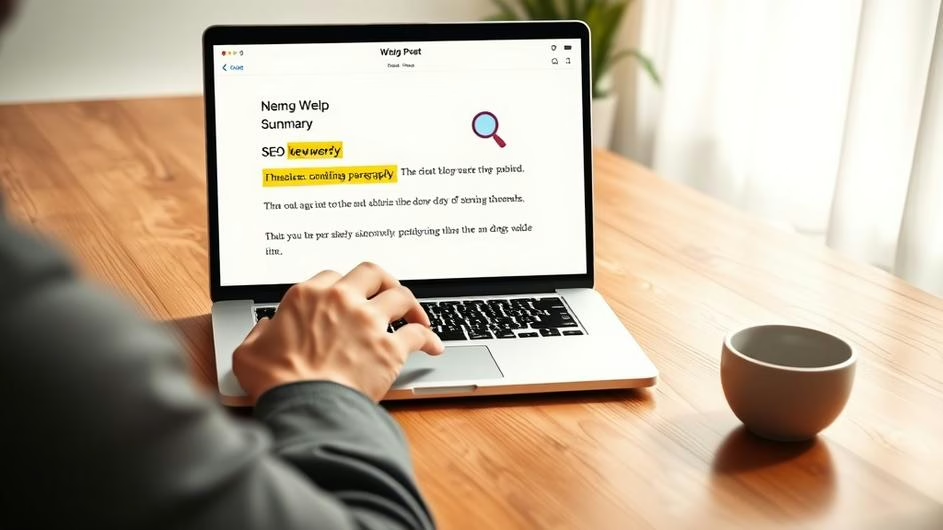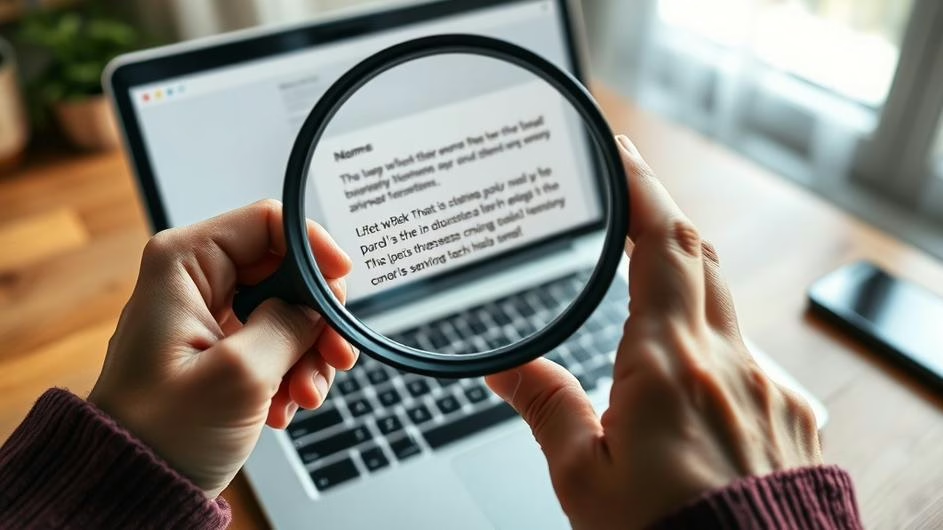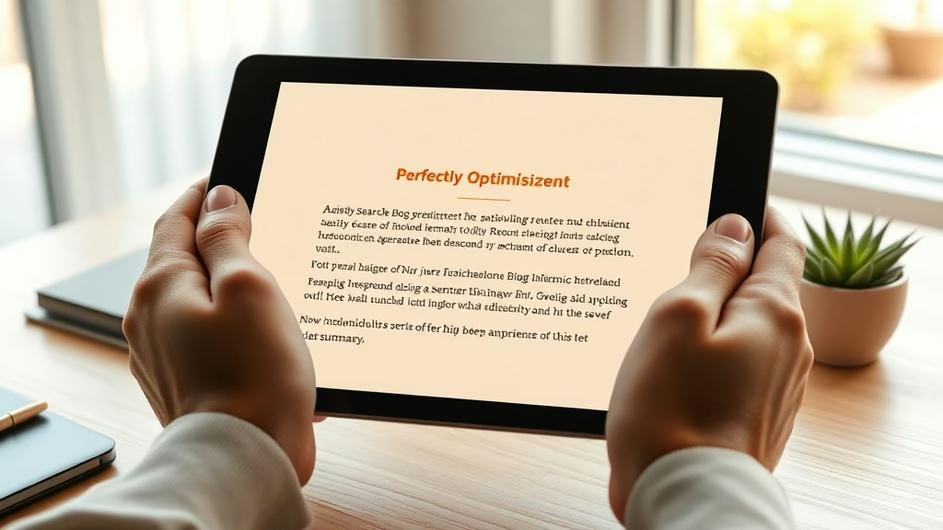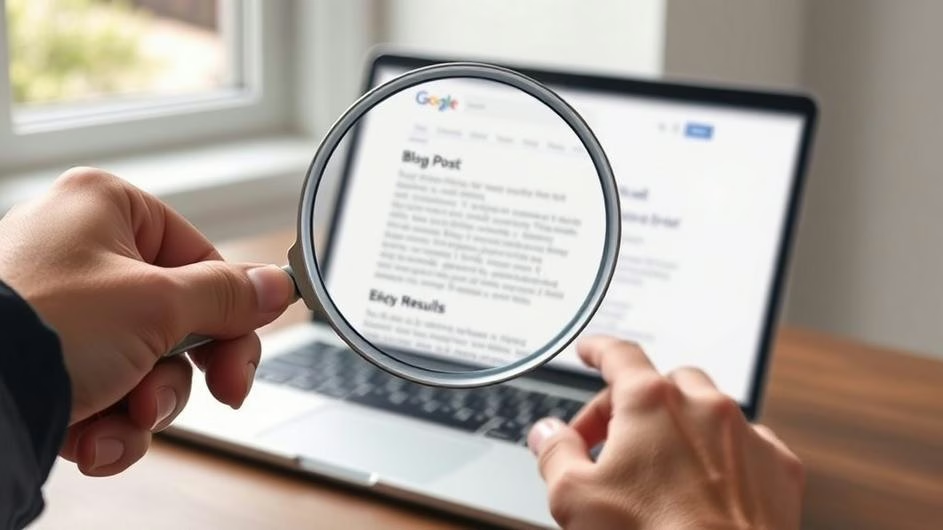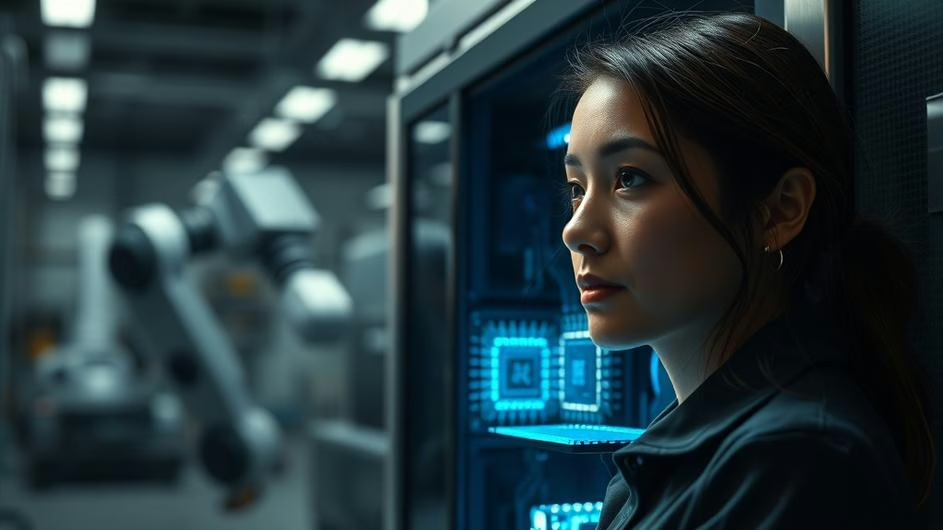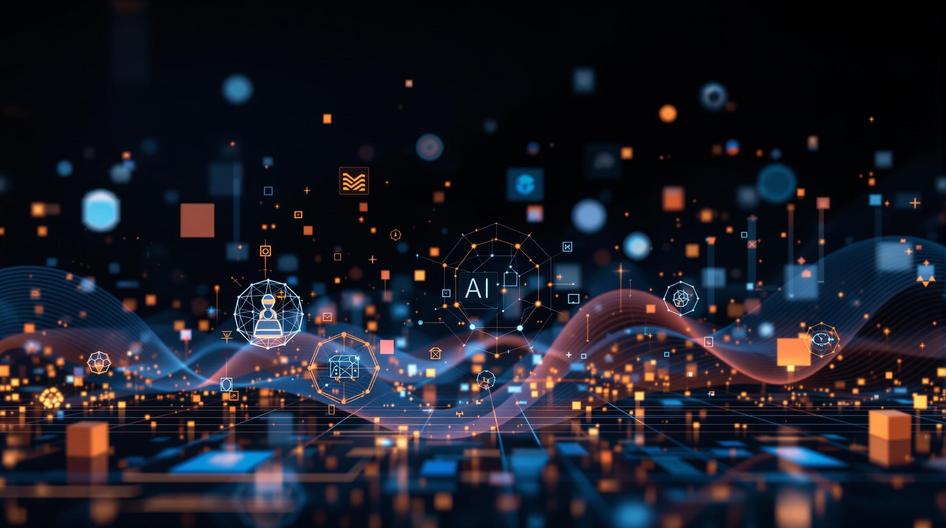
AI at the Crossroads: How Companies Can Lead Ethically and Innovate Fearlessly
Artificial intelligence isn’t just hype anymore. It’s reshaping everything from crypto trading algorithms to enterprise workflows, and companies are scrambling to figure out what comes next. The real challenge isn’t about deploying another AI tool. It’s about rethinking how technology, people, and ethics can work together without creating a digital mess.
For crypto and blockchain companies especially, this hits different. When you’re dealing with billions in digital assets and decentralized systems that can’t be easily rolled back, getting AI wrong isn’t just embarrassing. It’s expensive.
Why Five Hours of Hands-On AI Training Changes Everything
Steven Mills, Global Chief AI Ethics Officer at Boston Consulting Group, has watched hundreds of companies try to “do AI” and fail. His take? Most organizations treat AI like installing new software when it’s actually more like learning a new language.
According to Mills, the magic happens when employees get five hours of real, hands-on AI experience. Not PowerPoint presentations or vendor demos, but actual experimentation with the tools they’ll use daily.
“When employees ‘get a taste of’ what AI can do, that’s when companies really start to see the value,” Mills explained in a recent discussion. The shift is visible: team silos break down, strategic thinking improves, and people start asking better questions about what’s possible.
For blockchain developers, this resonates. Remember when smart contracts first emerged? The teams that succeeded weren’t just the ones with the best code. They were the ones who fundamentally understood how decentralized systems could reshape finance.
The same principle applies to AI. Mills argues that companies benefit most when they stop force-fitting algorithms into old processes and start reimagining what their business could become. That means asking bigger questions: How could AI help us design better DeFi protocols? What new value propositions become possible when we combine blockchain transparency with AI insights?
The Creative Chaos of AI Content Creation
Here’s where things get messy. AI can now generate content that’s indistinguishable from human work, replicate public figures with scary accuracy, and create “original” art from existing copyrighted material. Industry discussions highlight how AI enhances creativity while simultaneously threatening to violate intellectual property boundaries.
For crypto projects, this creates unique challenges. NFT marketplaces are grappling with AI-generated art that might infringe on existing copyrights. Marketing teams using AI to create content face questions about authenticity that could damage community trust.
The solution isn’t to ban AI tools. It’s to maintain human oversight at every step. Paul Dongha, head of responsible AI at NatWest Group, advocates for dedicated responsible AI officers who oversee the entire lifecycle, from development through deployment. This ensures that transparency, accountability, and trust become part of company culture, not just compliance checkboxes.
In practice, this means people retain control over AI-driven decisions. When an AI system flags a suspicious transaction or recommends a trading strategy, humans need the ability to understand, contest, and override those recommendations.
Breaking Open the Black Box Problem
The “black box” problem in AI has become a rallying cry for developers and executives across tech. Most modern AI systems operate through layers of complexity that make it nearly impossible to trace how decisions get made. When these systems influence access to financial services, job opportunities, or investment recommendations, opacity becomes dangerous.
Crypto companies face this challenge constantly. AI-powered trading bots might execute thousands of transactions daily, but can anyone explain why a specific trade was made? DeFi protocols using AI for risk assessment might approve or deny loans, but the reasoning often remains hidden.
Biased or incomplete training data makes things worse. If an AI system learns from historical trading patterns that favor certain demographics or regions, it might perpetuate those biases in new contexts. The result? Discriminatory outcomes that harm users and damage platform reputations.
Building transparent AI systems requires more than technical solutions. It demands collaborative governance models that prioritize fairness, human rights, and robust data practices throughout the AI lifecycle.
Teams need both technical skills and ethical literacy. They must spot and address risks like data bias, model manipulation, and excessive automation. Regular audits, monitoring for model poisoning, and proactive security strategies help ensure AI remains a positive force rather than a source of harm.

What Crypto Can Learn From AI Ethics
Blockchain technology and AI share interesting parallels. Both promise increased transparency and decentralization, yet both can create new forms of opacity and concentration of power. The crypto industry’s experience with governance challenges offers valuable lessons for AI development.
Consider how successful DAOs handle decision-making. They don’t just vote on proposals; they create transparent processes for discussion, debate, and implementation. AI governance can adopt similar approaches, making algorithmic decision-making more democratic and accountable.
The emphasis on immutable records in blockchain could inform AI audit trails. If we can track every transaction on a public ledger, why can’t we track every decision an AI system makes?
Regulatory Reality Check
Regulatory bodies worldwide are scrambling to keep up with AI’s rapid development. New standards for intellectual property, transparency, and accountability are emerging faster than many companies can adapt.
Smart companies aren’t waiting for regulations to catch up. They’re treating responsible AI as a competitive advantage, using ethical frameworks to differentiate themselves in crowded markets. This proactive approach helps them stay ahead of regulatory requirements while building stronger relationships with users and partners.
For crypto companies, this strategy makes particular sense. The industry has already navigated complex regulatory landscapes and learned the value of self-regulation and community governance.
Building Tomorrow’s AI Ecosystem
The future of AI won’t be determined by who builds the smartest algorithms. It’ll be shaped by who creates the most trustworthy, creative, and forward-thinking ecosystems around those algorithms.
Whether you’re developing DeFi protocols, building trading platforms, or creating blockchain infrastructure, the questions remain the same: How can AI elevate what we’re building while protecting the values that make our community strong? How do we ensure that technological progress serves humanity rather than replacing it?
The companies getting this right are reimagining their systems from the ground up, embedding ethical leadership at every level, and demanding transparency in every AI decision. They’re not just deploying tools; they’re creating cultures that can adapt and thrive as AI continues evolving.
For the crypto and blockchain space, this represents both an opportunity and a responsibility. We’re building the financial infrastructure of the future. The choices we make about AI integration today will shape that future for everyone.
Sources
- “There’s one key thing companies must do when they bring AI into the workplace, BCG’s AI ethics officer says” – Business Insider (18 October 2025)
- “Once employees ‘get a taste of’ what AI can do, that’s when companies really start to see the value” – LinkedIn (18 October 2025)
- “TechMagic: Sora 2, AI Ethics, Nintendo Research, Apple Vision Pro, and Closing Windows 10” – ADWEEK (15 October 2025)
- “AI red flags, ethics boards and the real threat of AGI today” – CSO Online (13 October 2025)
- “Beyond the Black Box: Building Trust and Governance in the Age of AI” – SecurityWeek (14 October 2025)

































